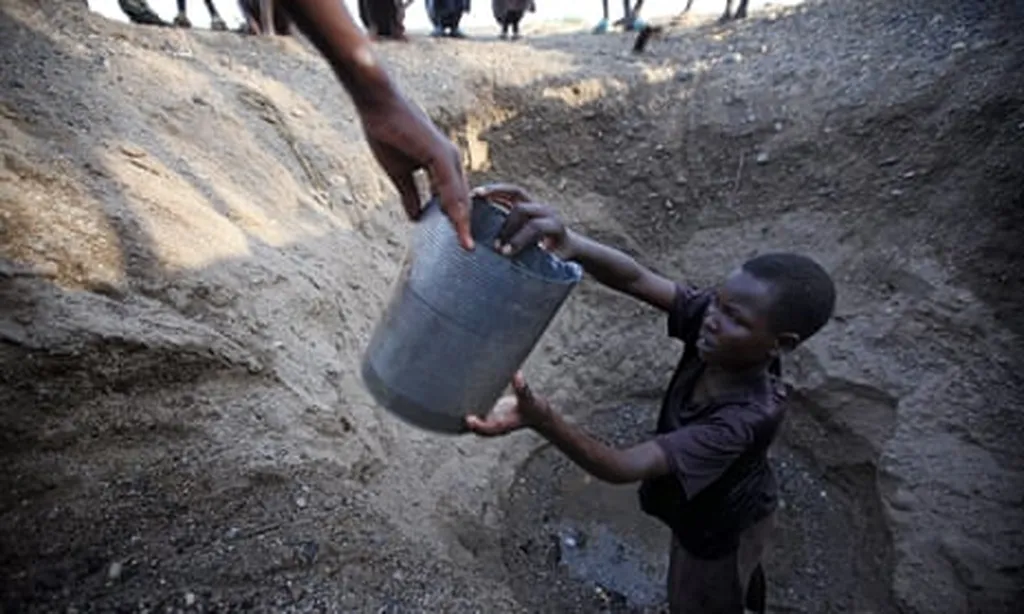In the heart of Norway, researchers are tackling a global challenge: how to make agriculture more efficient and sustainable in the face of climate change and population growth. Marco F. S. Marcoxaud, a researcher at the Faculty of Science and Technology (Realtek) at the Norwegian University of Life Sciences (NMBU), is leading the charge with a novel approach to precision agriculture that could revolutionize the way we harvest sugarcane, a crop vital to both the sugar industry and the renewable energy sector.
Sugarcane fields, with their vast expanses and dense vegetation, present unique challenges for both manual labor and autonomous robots. “The dense vegetation forms hard-to-access crop row tunnels, which hinder both manual labor and autonomous robot operation,” Marcoxaud explains. To address this, his team has developed a visual navigation system for TIBA, a compact, rugged skid-steering mobile robot designed for swarm-based operations in sugarcane fields.
The key innovation lies in the use of infrared (thermal) imaging combined with robust control. Thermal images reveal temperature differences between the ground and cane stalks, enabling clearer visualization of the row corridor despite occluding leaves. “This allows computationally efficient algorithms, such as a simple convolutional neural network, to generate reliable trajectories for the robot to follow along the crop row,” Marcoxaud says.
The implications for the energy sector are significant. Sugarcane is not just a source of sugar; it’s also a vital renewable energy source, providing bioplastic and biofuel from cane bagasse. By improving the efficiency and accuracy of sugarcane harvesting, this technology could boost the supply of these renewable energy sources, contributing to a more sustainable future.
Moreover, the team has developed IRNavSim, a Matlab-based simulation environment tailored for crop row following tasks using thermal imaging. This tool helps evaluate the system’s performance and behavior, paving the way for further advancements in the field.
Published in IEEE Access, which translates to “Institute of Electrical and Electronics Engineers Access,” this research is a significant step forward in precision agriculture. It offers a glimpse into a future where swarms of robots, equipped with robust navigation systems, can operate efficiently in challenging environments, enhancing both agricultural productivity and sustainability.
As Marcoxaud and his team continue to refine their technology, the potential applications extend beyond sugarcane fields. The principles of robust visual servoing and CNN-based thermal imaging could be applied to other grass-type crops, opening up new possibilities for precision agriculture across the globe. This research not only addresses immediate challenges but also sets the stage for future innovations, shaping the trajectory of agricultural technology in the years to come.

